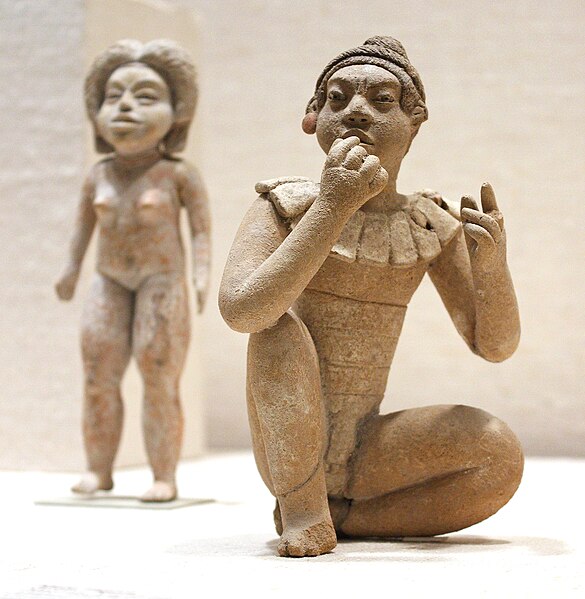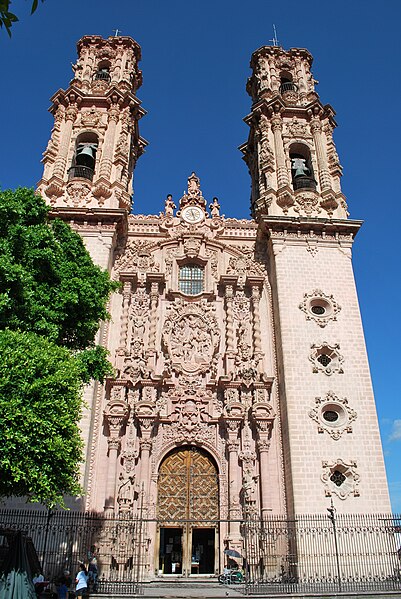Ixcateopan de Cuauhtémoc is a town in Ixcateopan de Cuauhtémoc Municipality located in isolated, rugged mountains in the northern part of Guerrero state, Mexico. According to tradition, it is the final resting place of Aztec Emperor Cuauhtémoc, whose alleged remains were found under the parish church here in the mid-20th century. This church has been converted into a museum with displays a number of pre-Hispanic artifacts, offerings left in honor of the emperor and the alleged remains of Cuauhtémoc himself. This has been refuted by later research and by a Judging Commission of the Mexican government in 1976.
Monument to Cuauhtémoc in a plaza in the town
Shrine to Cuauhtémoc in the museum
Part of the archeological site
Guerrero, officially the Free and Sovereign State of Guerrero, is one of the 32 states that comprise the 32 Federal Entities of Mexico. It is divided into 81 municipalities. The state has a population of about 3.5 million people. It is located in southwest Mexico and is bordered by the states of Michoacán to the north and west, the State of Mexico and Morelos to the north, Puebla to the northeast and Oaxaca to the east. In addition to the capital city, Chilpancingo and the largest city Acapulco, other cities in Guerrero include Petatlán, Ciudad Altamirano, Taxco, Iguala, Ixtapa, and Zihuatanejo. Today, it is home to a number of indigenous communities, including the Nahuas, Mixtecs, Tlapanecs, Amuzgos, and formerly Cuitlatecs. It is also home to communities of Afro-Mexicans in the Costa Chica region.
Two figures from the Xochipala archeological site
Santa Prisca church in Taxco
Hasekura Tsunenaga, the samurai who led the Japanese delegation to Mexico
Vicente Guerrero







